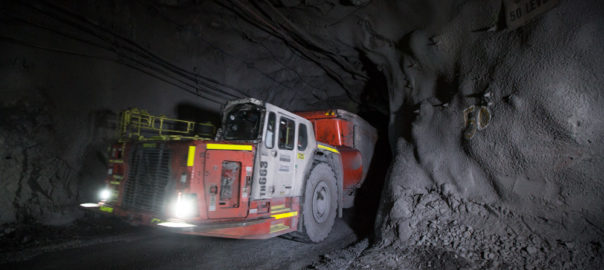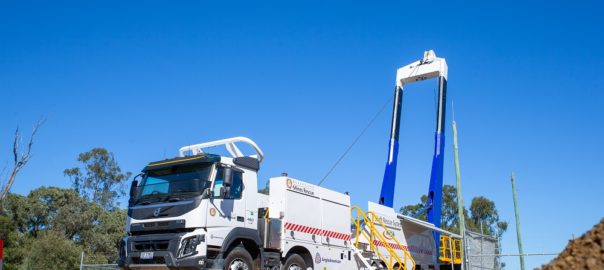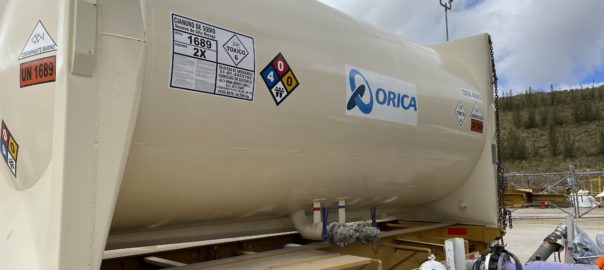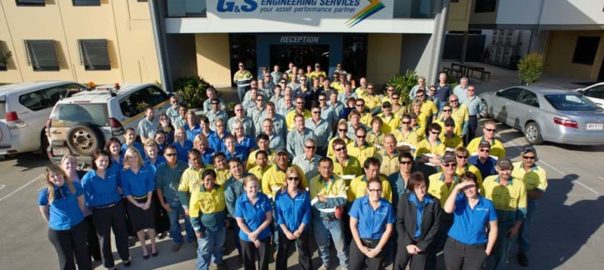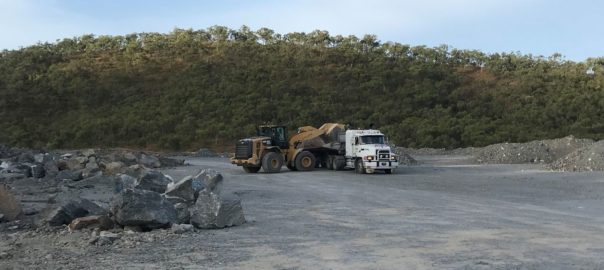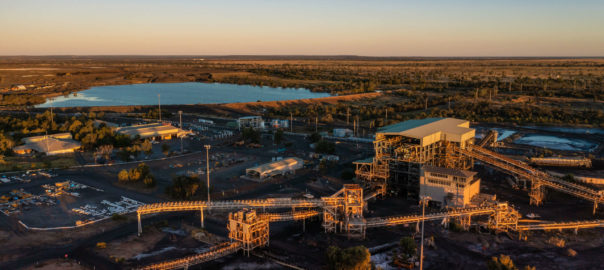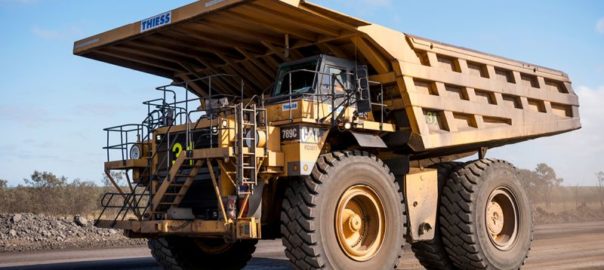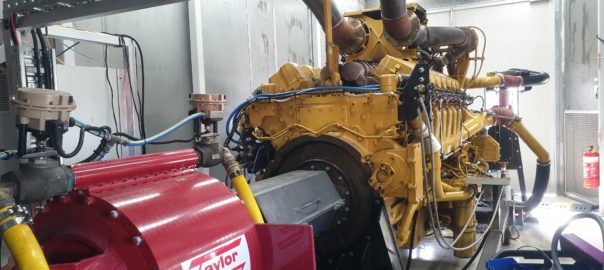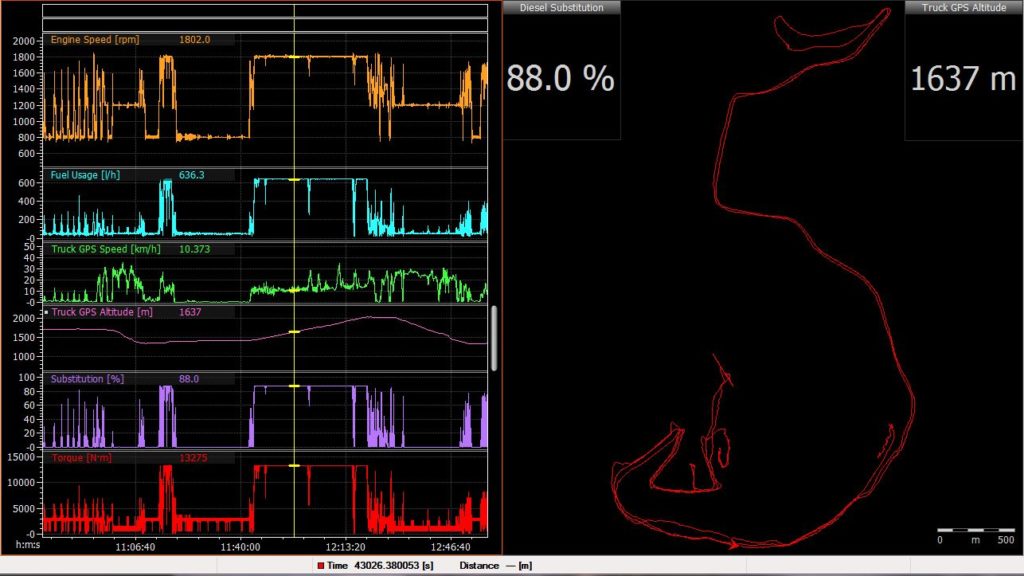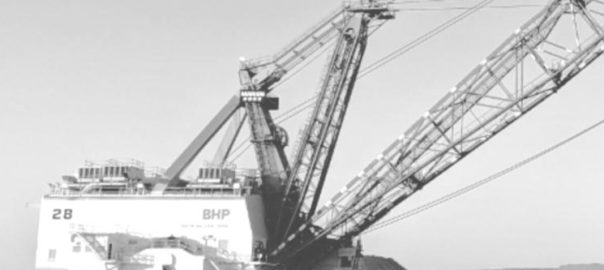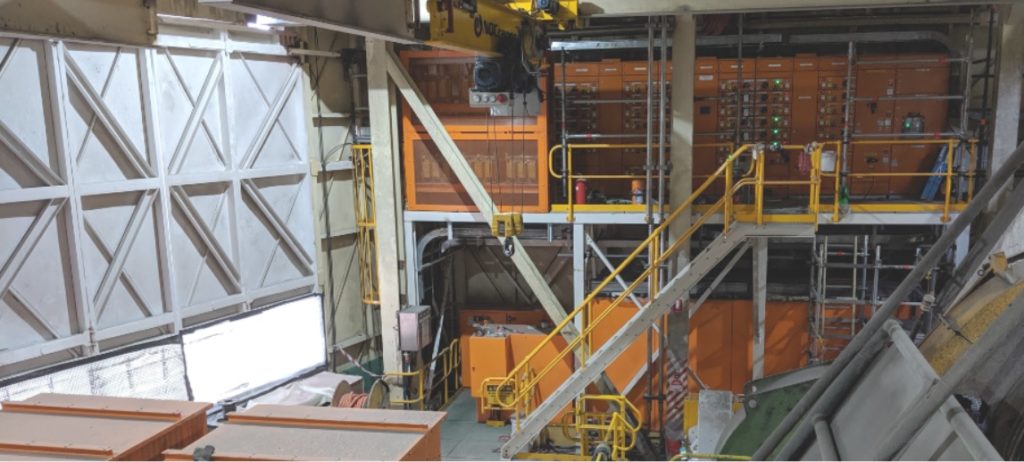Redpath Australia says it has been awarded a new underground mining services contract at MMG Limited’s Dugald River mine in northwest Queensland.
Dugald River is one of the world’s top 10 zinc producers, located some 65 km northwest of Cloncurry. It produced 41,655 t of zinc concentrate and 4,740 t of lead concentrate in the June quarter.
The contract involves all underground development activities and will require up to 200 personnel in various management, operational and trades roles, with mobilisation commencing in the coming months, Redpath said.
Back in September 2020, Barminco agreed the terms of a variation and extension to its development and production contract at Dugald River, with the variation extending the term of the contract by 18 months to December 31, 2022.







